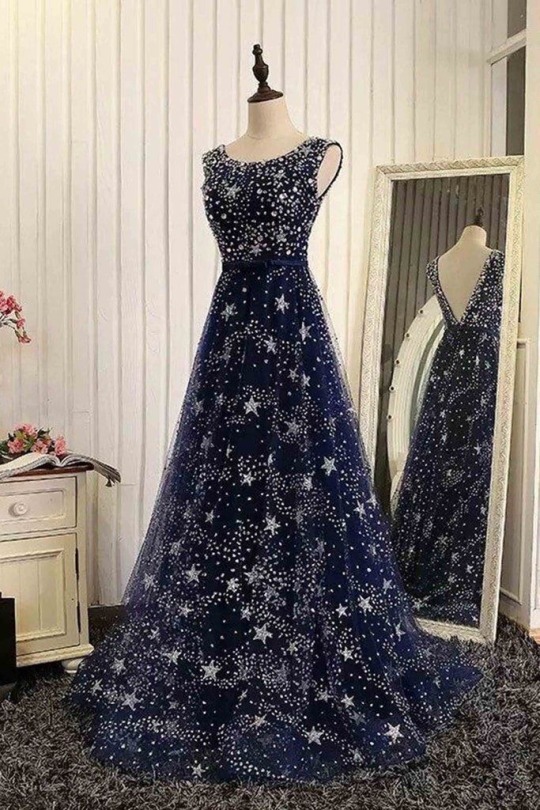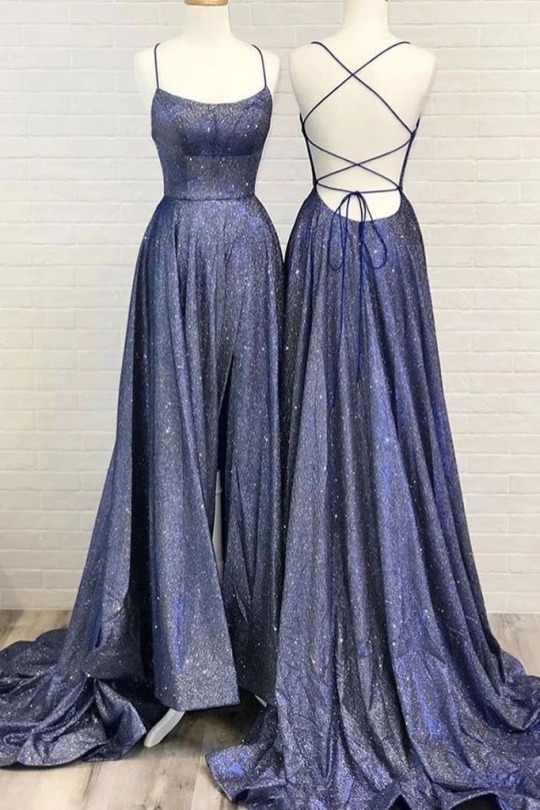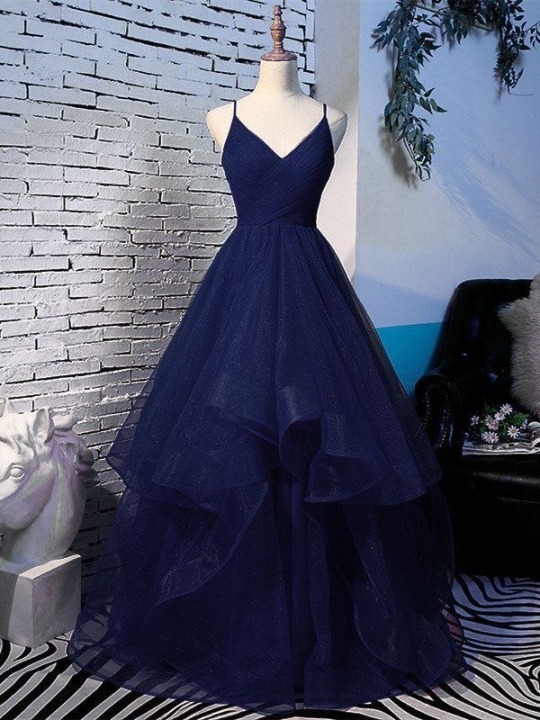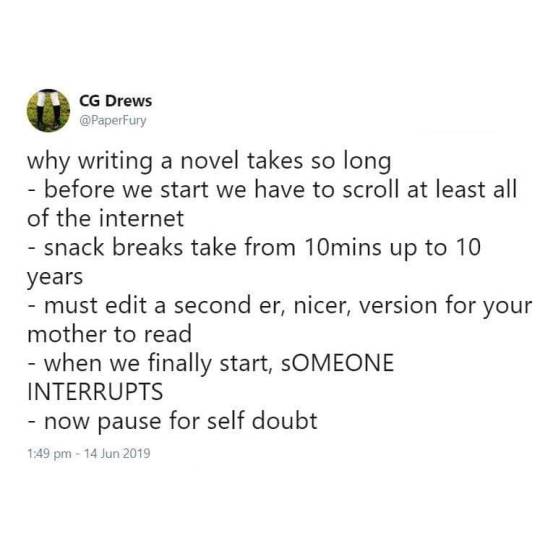Photo

Book Aesthetics — The Cruel Prince
“I have tried to be better than them, and I have failed. What could I become if I stopped worrying about death, about pain, about anything? If I stopped trying to belong? Instead of being afraid, I could become something to fear.”
264 notes
·
View notes
Photo

Happy birthday to our favourite High Lady Feyre!
6K notes
·
View notes
Text
Sometimes a Wild God
Sometimes a wild god comes to the table.
He is awkward and does not know the ways
Of porcelain, of fork and mustard and silver.
His voice makes vinegar from wine.
When the wild god arrives at the door,
You will probably fear him.
He reminds you of something dark
That you might have dreamt,
Or the secret you do not wish to be shared.
He will not ring the doorbell;
Instead he scrapes with his fingers
Leaving blood on the paintwork,
Though primroses grow
In circles round his feet.
You do not want to let him in.
You are very busy.
It is late, or early, and besides…
You cannot look at him straight
Because he makes you want to cry.
The dog barks.
The wild god smiles,
Holds out his hand.
The dog licks his wounds
And leads him inside.
The wild god stands in your kitchen.
Ivy is taking over your sideboard;
Mistletoe has moved into the lampshades
And wrens have begun to sing
An old song in the mouth of your kettle.
‘I haven’t much,’ you say
And give him the worst of your food.
He sits at the table, bleeding.
He coughs up foxes.
There are otters in his eyes.
When your wife calls down,
You close the door and
Tell her it’s fine.
You will not let her see
The strange guest at your table.
The wild god asks for whiskey
And you pour a glass for him,
Then a glass for yourself.
Three snakes are beginning to nest
In your voicebox. You cough.
Oh, limitless space.
Oh, eternal mystery.
Oh, endless cycles of death and birth.
Oh, miracle of life.
Oh, the wondrous dance of it all.
You cough again,
Expectorate the snakes and
Water down the whiskey,
Wondering how you got so old
And where your passion went.
The wild god reaches into a bag
Made of moles and nightingale-skin.
He pulls out a two-reeded pipe,
Raises an eyebrow
And all the birds begin to sing.
The fox leaps into your eyes.
Otters rush from the darkness.
The snakes pour through your body.
Your dog howls and upstairs
Your wife both exults and weeps at once.
The wild god dances with your dog.
You dance with the sparrows.
A white stag pulls up a stool
And bellows hymns to enchantments.
A pelican leaps from chair to chair.
In the distance, warriors pour from their tombs.
Ancient gold grows like grass in the fields.
Everyone dreams the words to long-forgotten songs.
The hills echo and the grey stones ring
With laughter and madness and pain.
In the middle of the dance,
The house takes off from the ground.
Clouds climb through the windows;
Lightning pounds its fists on the table.
The moon leans in through the window.
The wild god points to your side.
You are bleeding heavily.
You have been bleeding for a long time,
Possibly since you were born.
There is a bear in the wound.
‘Why did you leave me to die?’
Asks the wild god and you say:
‘I was busy surviving.
The shops were all closed;
I didn’t know how. I’m sorry.’
Listen to them:
The fox in your neck and
The snakes in your arms and
The wren and the sparrow and the deer…
The great un-nameable beasts
In your liver and your kidneys and your heart…
There is a symphony of howling.
A cacophony of dissent.
The wild god nods his head and
You wake on the floor holding a knife,
A bottle and a handful of black fur.
Your dog is asleep on the table.
Your wife is stirring, far above.
Your cheeks are wet with tears;
Your mouth aches from laughter or shouting.
A black bear is sitting by the fire.
Sometimes a wild god comes to the table.
He is awkward and does not know the ways
Of porcelain, of fork and mustard and silver.
His voice makes vinegar from wine
And brings the dead to life.
375 notes
·
View notes
Photo

Cloudy night by LiigaKlavina
This artist on Facebook
161 notes
·
View notes
Text
How much longer until the utopic Solarpunk future where Capitalism is dead and we all live in ecologically sustainable high-tech forest cities? Asking for a friend.
163K notes
·
View notes
Photo

Knitting Witch aesthetic
requested by @fallsocko
2K notes
·
View notes
Text
concept: elves are supernaturally good at everything ONLY because they live to be bonkers old and if you were hot and sexy for thousands of years you’d be kickass at archery and treeclimbing and horseback riding too. but like there’s 20 year old elves out there that are just straight dumbasses who can’t do shit.
concept: non-elves can’t tell the 20 year old elves apart from the 2000 year old elves
concept: there’s a 20 year old elf in your tavern and he’s counting on this
79K notes
·
View notes
Text
Dating Disney: Beauty and the Beast

Beauty and the Beast features my favorite love story and my favorite Disney Princess, so it holds a very special spot in my heart. So, it’s worth looking into the film to decide when the Movie is supposed to be set.
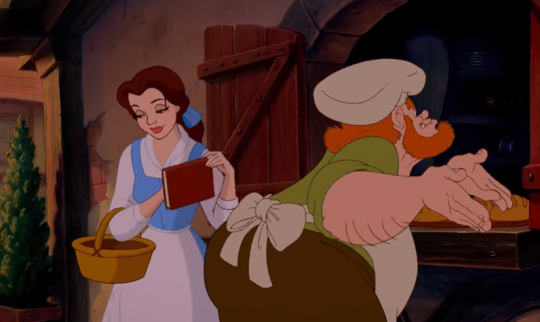
During the opening musical number “Belle”, Belle is telling the Baker about the book she’s been reading. She’s clearly describing Jack and the Beanstalk, the earliest version being the tale of “Jack Spriggins and the Enchanted Bean” in 1734. But she also deliberately mentions an ogre, not a giant. Near as I could find, the only version with an ogre was written by Joseph Jacobs in 1890, making Belle nearly contemporary to modernity. Belle’s excitement over the book is likely a sign that this is a new story.

During the same musical number, we see a sign depicting a tobacco pipe, but unlike with the Calabash pipe from the Little Mermaid movie. I could place it to possibly be a Billiard type, but the exact era of creation escapes me. However, tobacco pipes have been around as long as Tobacco has been introduced to European trade, starting in the 16th century.
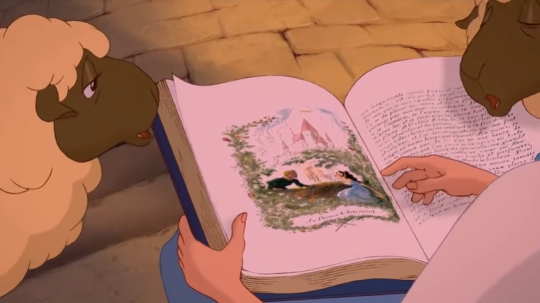
The history of colored printing goes as far back as the 16th century, and there are illustrations from the early 1700s with an impressive variety of color that help establish a stronger time period. The book also shows the words Le Prince Charmant or Prince Charming. Prince Charming started being used in 1697 in Charles Perrault’s version of Sleeping Beauty, although there, Prince Charming was not a name. Rather, Perrault stated that the Prince was charmed by her words. The first story to use Prince Charming as a name is the Tale of Pretty Goldilocks. It was written at some point in the 17th Century by Madame d’Aulnoy, but in her version the hero was named Avenant. It wasn’t until 1889 when Andrew Lang retold the story that Avenant was dubbed as Charming. One year later in 1890, Oscar Wilde used the term “Prince Charming” sarcastically in his novel “The Picture of Dorian Gray”, meaning that the term had gotten its more modern meaning by this point in time.
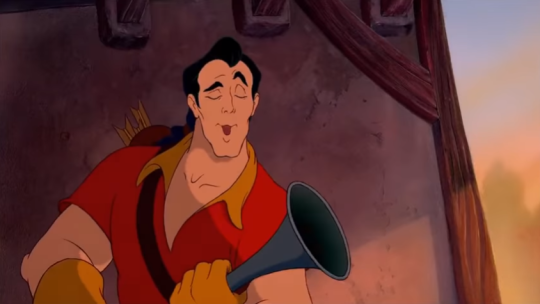
Gaston’s musket is a Blunderbuss, which was invented in the early 1600′s and remained popular through the 18th century before falling out of fashion in the middle of the 19th century. However, considering Belle states that this is a backwards town and Gaston is an old-fashioned, Primeval man, it’s possible he’s using a largely outdated weapon.

While there are no street lamps in the city, we can see in the background lanterns on the sides of buildings, which might allude to the movie taking place before the invention of gas lamps. However, gas lamps were invented in 1809, and if the version of Jack and the Beanstalk is from 1890, then by all accounts the town should have gas lamps. What this amounting evidence is leading me to believe is that the film is directly following the plot of the original fairy tale.

In the story, Beauty’s father is a merchant who loses his fortune due to a storm destroying his cargo. They’re forced to live on a farm until the merchant stumbles upon the Beast’s castle and kick starts the plot. In the opening song, Belle says “every morning’s just the same, since the morning that we came, to this poor, provincial town.” This could mean that she grew up in a much more modern, urban, and progressive town. Possibly even Paris. But that after Maurice suffered severe financial trouble, he was forced to move them to the small, backwards town that was practically living an entire century behind the rest of France, which is why she’s so bored and unimpressed by the little town. It helps explain why she’s so eager to want to get out of this town and see the world. She wants to be part of the modern world again.

Interestingly, I can support this theory with background information. According to some of my research, Belle’s village was based on the little town of Riquewihr, France, which still looks like it did in the 16th century to this day. So the idea that Belle’s little village lacks so many modern elements could be a nod to the architecture of this sleepy French village that has remained largely untouched by the march of time. Hence why it looks more like something out of the 1700s despite the many elements from the 1800s being present.

During the song “Be Our Guest”, Lumiere dances with a match stick. Match sticks were invented in 1805. Assuming the film still takes place in the 1890s, this would be concurrent with the other evidence we’ve seen thus far. Later in the same song, the silverware makes an Eiffel tower, which was constructed in 1889. Since Jack and the Beanstalk was written after that, it still fits within the suspected time frame.

During the climax of the battle, Cogsworth is wearing military garments reflective of Napoleonic styles. Napoleon was coronated in 1804 until 1814, had a brief return to power in 1815, and eventually died in 1821. So this is also congruent to the established time period.
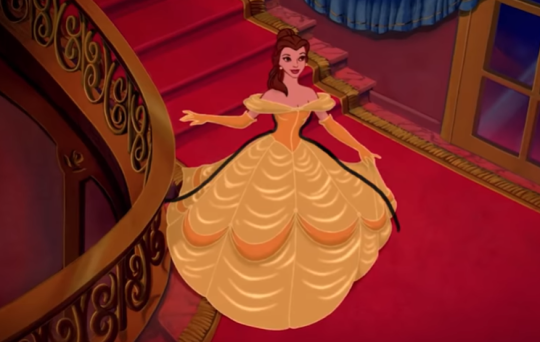
In the Youtube Video “Fashion Expert Fact Checks Belle from Beauty and the Beast’s Costumes” by Glamour, April Calahan, a Fashion Historian from the Fashion Institute of Technology directly noted that Belle’s yellow gown lacks the shape of a proper 18th century dress, and more closely resembles the shape of 19th century dresses, fitting into the evidence that’s been mounting in support of a late 19th century setting.
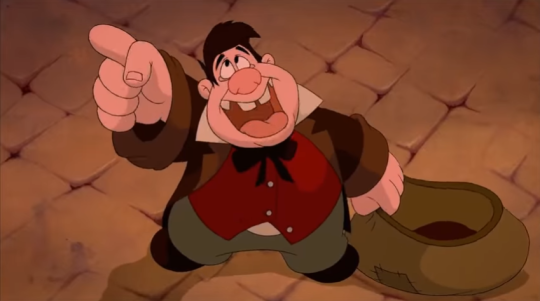
As a part of his primary costume, Lefou wears a waistcoat and tailcoats, which came into vogue in the 1800s, namely from the 1840s through the 1850s.

But if the film is set in the 1800s, how can the Beast still be a prince after the French Revolution? Well something worth noting is that when he finds out that Belle isn’t coming to dinner, the Beast storms through the halls to her room as Cogsworth calls after him as “Your Eminence” and “Your Grace”. The address of “Your Eminence” is reserved for Cardinals of the Roman Catholic Church, and is an ecclesiastical style of address. “Your Grace” is noticeably an English style of address, but it’s being used by Cogsworth who is British, so I can chalk that up to just part of his culture. Although it was used for British monarchs, it fell out of use during the reign of King Henry VIII (1509-1547) and after that, the use of “Your Grace” became used to address archbishops and non-royal Dukes and Duchesses. Now clearly the Beast is not a cardinal or a bishop, especially if he is looking for the love of a woman to make him human, since it’s forbidden for Catholic priests to marry. So clearly that is not what is meant here. But the other answer actually does hold a bit of weight. Beast’s father was in fact, a Duke. So how is the Beast a prince? He’s not. Not entirely. See, there’s more than one kind of Prince in French nobility. There’s a Prince du Sang, or a Prince by Blood. Effectively, the Crown Prince, the sons of ruling monarchs. But the title is also given to lords in charge of a Principality, one of the smallest territorial sizes. The Beast’s principality probably only extends to having power over the little unnamed village. And with it being after the revolution, Beast might not even have the proper use of his title anymore. He’s effectively a rich kid in a fancy house with no real authority or power. He’s just old money from a by-gone era of human history. But if Beast’s address of “Your Grace” is accurate, that would mean that he’s a non-royal Duke, meaning he would not likely have been executed during the Revolution, as his family would have essentially been governors or senators than actual monarchs. They just had jurisdiction over a small piece of the Kingdom of France and reported back to and obeyed the orders of their King. Thus, he would not have been important enough to be killed or chased out of power by the townsfolk.
CONCLUSION
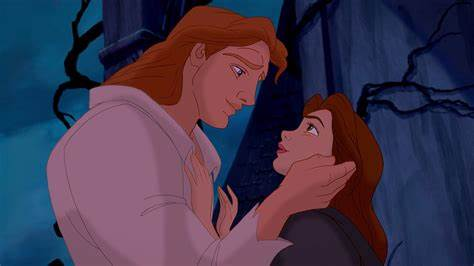
The movie is set between the late autumn and early-to-mid winter of 1890. Although the snow is gone when Belle returns to the village, the trees are still bare, signaling that it may just be unseasonably warm, though it could be the very early spring of 1891 between the receding of the snow and the blossoming of new spring foliage. Between the books, clothing, and references made, my conclusion is that Belle is a very modern girl living in a backwards little town stuck in the past, thus why a village in 1890 looks so completely lacking in modern technology despite the era. The Prince is nothing more than a fancy title as the son of a Duke, and he likely has very little if any actual government authority. Essentially, Belle married into wealth, not power, and will never be a proper queen, and I’m not sure if the wife of a lord ruling a principality is a princess or not, but I suspect the answer is no. Making Belle, like Mulan, a Disney Princess who did not marry royalty, was not born royalty, and thus, cannot be called a Disney Princess. She’s definitely a noblewoman, but she’s not royal by any means.
SETTING: Riquewihr, France
KINGDOM: The French Republic (France)
YEAR: Autumn, 1890 - Spring, 1891
PERIOD: The Third Republic (1870-1940)
LANGUAGE: French
65K notes
·
View notes
Text
honestly imagine being mary shelley. its the fucking early 1800s. we’re barely out of the era when people thought women reading novels would lead to like debauchery and premarital sex. the weather is just fucking bonkers in yonkers. everybodys clothes looked like they oughta weigh two hundred pounds. everyones goth but goth isnt a thing yet so they dont even know it. your kids are dying. your husbands dead. your friends are all probably doing coke. your doctor is also both doing and maybe prescribing coke. no electricity. people are out there just staring into the void and having clandestine affairs in graveyards or some shit just because theres nothing else to do. and whats that? youve just written frankenstein. girl what the fuck even–
120K notes
·
View notes
Text
How to Get the First Chapter Right

The first chapter of your novel is the most important chapter of your novel. Anyone who picks up your book will read the first page, but unless that first page is good, there’s little chance they’ll make it to Chapter Twenty-Three, the the best piece of writing ever set down on a page.
So how do you get it right?
By remembering three things:
1. The first chapter is a promise to your reader.
Your first chapter is a promise to your reader that this is what this book is going to be–that there’s not going to be a sudden switch in focus in chapter fifteen.
It’s important that the first chapter accurately sets up the rest of the book–that it lets the reader know what they’re in for, whether they’ve read the synopsis on the back or not.
If your book is a murder mystery, don’t start the book with a funny, romantic scene featuring your detective’s love interest. Instead, set a sinister tone, display your detective’s ability to perceive things others can’t, use imagery that suggests violence, show the murder victim being a jerk to the detective soon to be investigating their death. Set up a murder mystery.
What’s the best way to do this? By remembering that…
2. The first chapter focuses on introducing three essential story elements.
There are three essential story elements your first chapter needs to focus on:
The protagonist: who they are, what they want, and why we’re reading about them.
The world: whether the world is Middle Earth or Minneapolis, we need a sense of what we can expect of the setting - what its “rules” are
The plot: this might not come until the very end of chapter one, but we need a hint as to where the story’s heading before the words “Chapter Two.”
But it shouldn’t linger too long explaining them because….
3. The first chapter’s primary job is to hook the reader.
Your first chapter needs to hook your reader by intriguing and engaging them.
Intrigue your reader by taking your readers directly into a scene that shows off how interesting your protagonist, and world are, by ending on some sort of plot point that turns everything on its head - a revelation or action that will make us go “ooh, what’s going to happen next?”
Engage your reader, however, by using your protagonist, plot, and world by showing them in action, not description.
Don’t stop to explain that this is a fantasy world–have your protagonist summon fire from her fingers when she goes to light a candle.
Anything that takes us too far away from the main action of the first chapter, should be put on hold.
Any time you pause the action to explain what’s going on, what the world is, who the main character is, stop and save it for the second chapter, or third–once you already have your reader’s attention and their trust that you’re going somewhere with this.
Because that’s what your first chapter is all about: showing you reader that you’re going somewhere with this, and that somewhere is going to be good.
Once you’ve done that, there’s a much better chance your reader will make it to that perfect Chapter Twenty-Three.
656 notes
·
View notes



